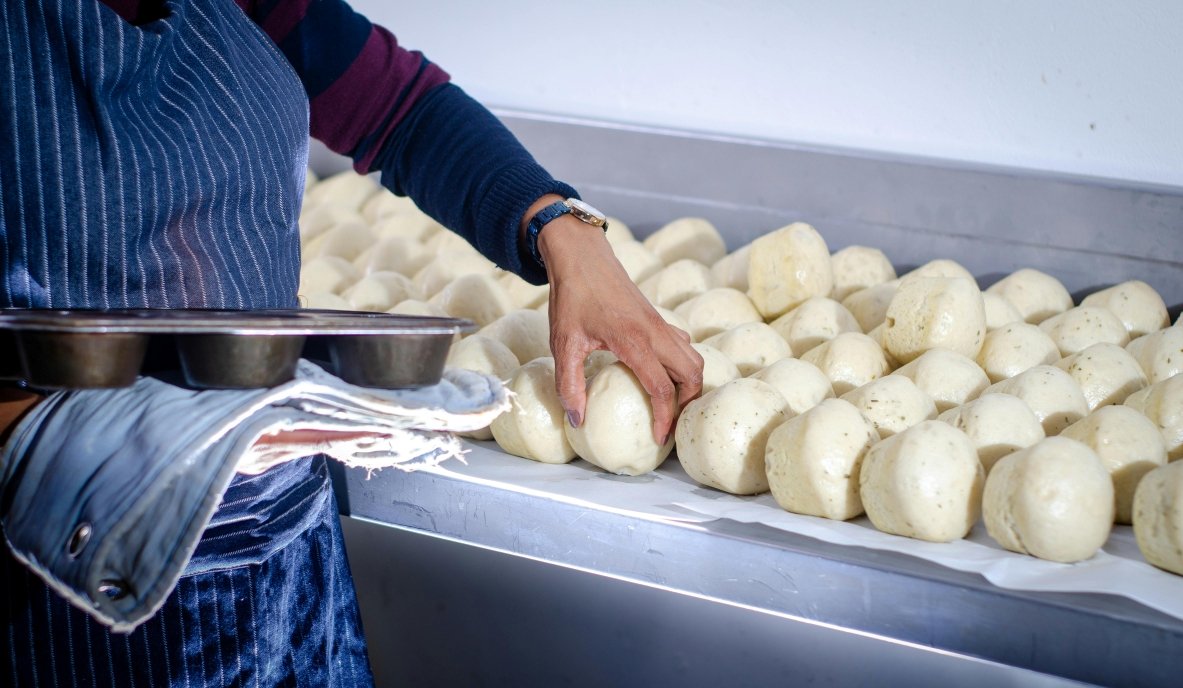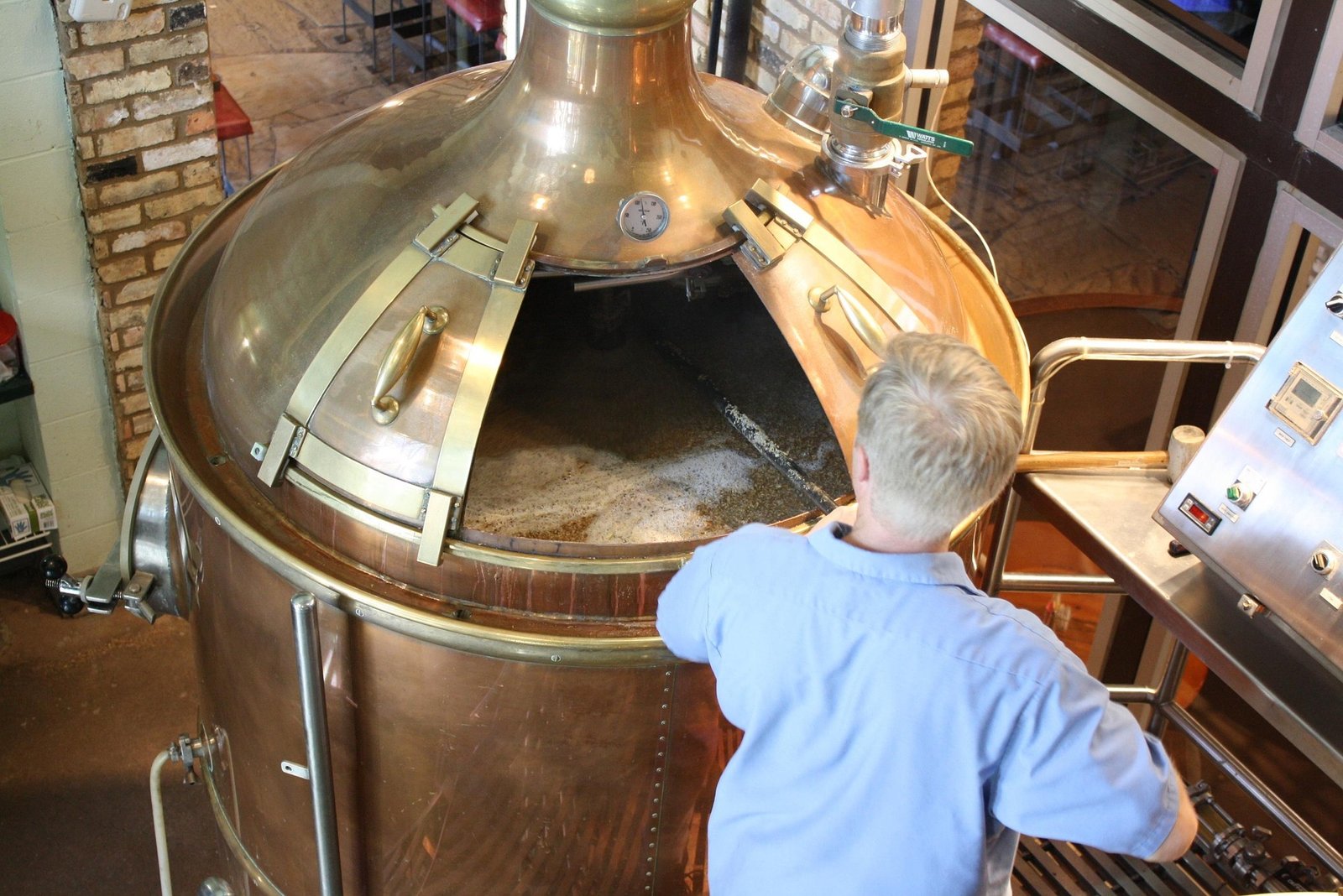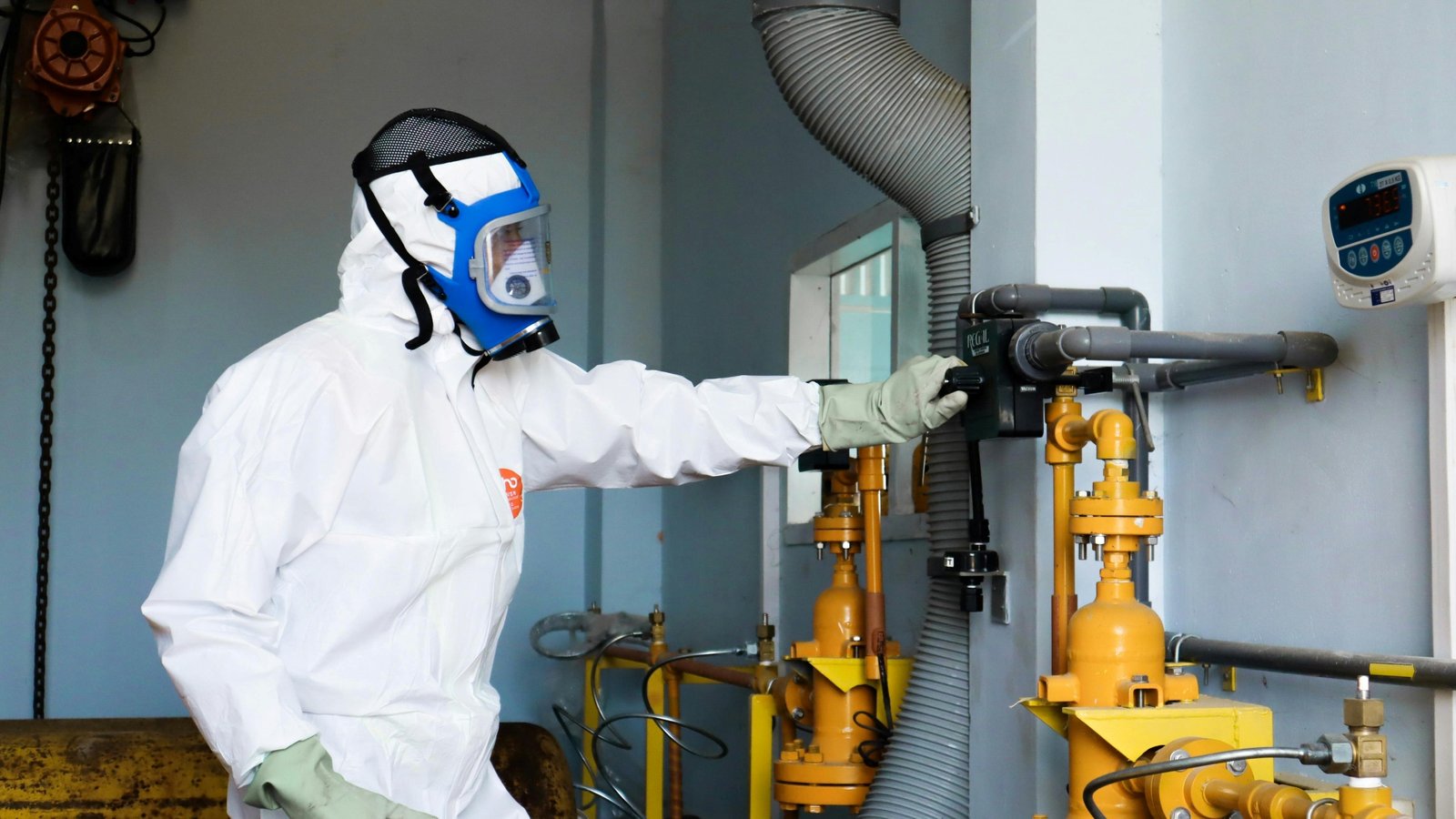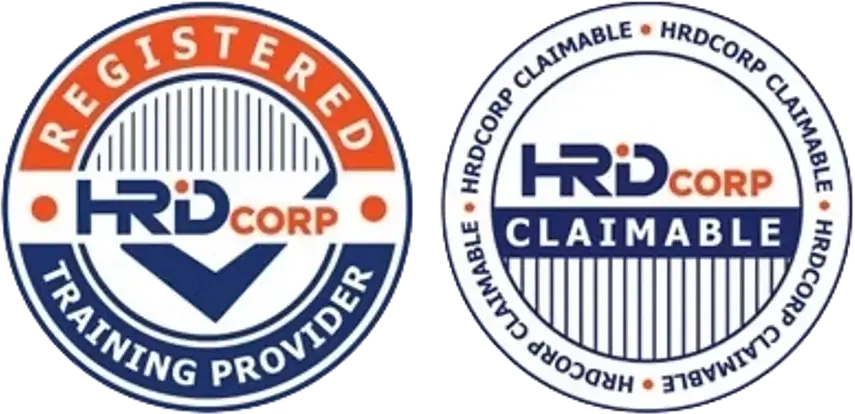How Can HACCP Help Manufacturers Prepare for Climate-Related Food Safety Risks?
As climate change intensifies, food safety risks are evolving faster than ever. Rising temperatures, unpredictable weather, and water scarcity are not just environmental issues — they directly affect raw materials, production hygiene, and microbial stability.
For food manufacturers, this means one thing: a strong HACCP system is more essential than ever.
Let’s explore how HACCP can help businesses anticipate and manage climate-related food safety threats.
1️⃣ Climate Change and Food Safety: What’s Changing?
-
Higher temperatures → faster microbial growth and spoilage
-
Floods and droughts → contamination of water sources and raw materials
-
Unstable supply chains → inconsistent ingredient quality and safety
-
Extreme weather → power failures affecting cold chain and storage
-
Rising humidity → mold growth, pest activity, and toxin formation
👉 Climate change = new hazards that must be assessed, controlled, and monitored.
2️⃣ How HACCP Addresses Climate-Related Risks
HACCP (Hazard Analysis and Critical Control Point) provides a structured framework for identifying and controlling emerging hazards caused by climate shifts.
-
Hazard Analysis:
-
Evaluate new risks (e.g., pathogens in warmer climates).
-
Assess ingredient contamination due to droughts or floods.
-
Identify process steps vulnerable to temperature changes.
-
-
Critical Control Points (CCPs):
-
Re-evaluate existing CCPs under extreme weather conditions.
-
Add new CCPs for temperature-sensitive processes.
-
Include water quality checks and supplier verification steps.
-
-
Monitoring & Verification:
-
Increase monitoring frequency during high-risk seasons.
-
Use temperature and humidity data loggers for accuracy.
-
Update validation studies to reflect new climate conditions.
-
3️⃣ Practical Examples of HACCP Adaptation
-
Example 1: In hotter months, storage and transport CCPs require tighter temperature limits.
-
Example 2: During heavy rain seasons, incoming raw materials need additional pathogen screening.
-
Example 3: Drought-affected regions must re-test water sources for chemical or microbial contamination.
-
Example 4: Pest control measures should be reviewed as changing climates shift pest activity patterns.
Result: A dynamic HACCP plan that evolves with environmental realities.
4️⃣ Integrating Environmental Monitoring into HACCP
To build climate resilience, food factories can incorporate environmental monitoring directly into HACCP programs.
-
Track temperature, humidity, and CO₂ levels around CCPs.
-
Set digital alerts for deviations during extreme weather.
-
Record environmental data for trend analysis and audits.
-
Link monitoring with energy and waste management (ISO 14001 synergy).
-
Build early warning systems for contamination risks.
👉 Prevention is cheaper — and safer — than reaction.
5️⃣ Supply Chain Risks: The New Frontier of HACCP
Climate disruption affects ingredient sourcing, supplier reliability, and logistics.
-
Supplier assessment:
-
Evaluate climate resilience of farms and processors.
-
Request updated safety documentation and HACCP records.
-
-
Raw material testing:
-
Implement stronger incoming inspection for high-risk ingredients.
-
-
Transportation controls:
-
Reassess cold chain management under extreme temperature conditions.
-
-
Alternative sourcing plans:
-
Identify backup suppliers for critical materials.
-
Stronger HACCP = stronger supply chain continuity.
6️⃣ Digital Tools for Climate-Responsive HACCP
Modern Digital HACCP systems can support climate adaptation by using real-time data and analytics.
-
Connect IoT sensors to monitor CCP temperature and humidity.
-
Use cloud-based dashboards for remote visibility.
-
Automate corrective action alerts when deviations occur.
-
Store and compare seasonal data to predict hazard trends.
-
Integrate with ESG and sustainability goals to reduce resource waste.
Result: A smart, adaptive HACCP system ready for climate unpredictability.
7️⃣ Long-Term Benefits of a Climate-Ready HACCP System
-
✅ Strengthened food safety against new environmental hazards
-
✅ Reduced product loss and recall risk during extreme events
-
✅ Increased consumer confidence in product consistency
-
✅ Better compliance with export and global safety standards
-
✅ Improved sustainability reporting under ESG frameworks
-
✅ Future-proof operations against regulatory changes
Final Thoughts
Climate change is reshaping how we think about food safety — but HACCP remains the foundation for protection and prevention. By updating hazard analysis, monitoring systems, and supply chain controls, manufacturers can safeguard both their products and their reputation in a changing world.
👉 At CAYS Scientific, we help SMEs and food manufacturers strengthen and modernize their HACCP systems to address climate-related risks, enhance resilience, and ensure safe production — no matter the weather.




